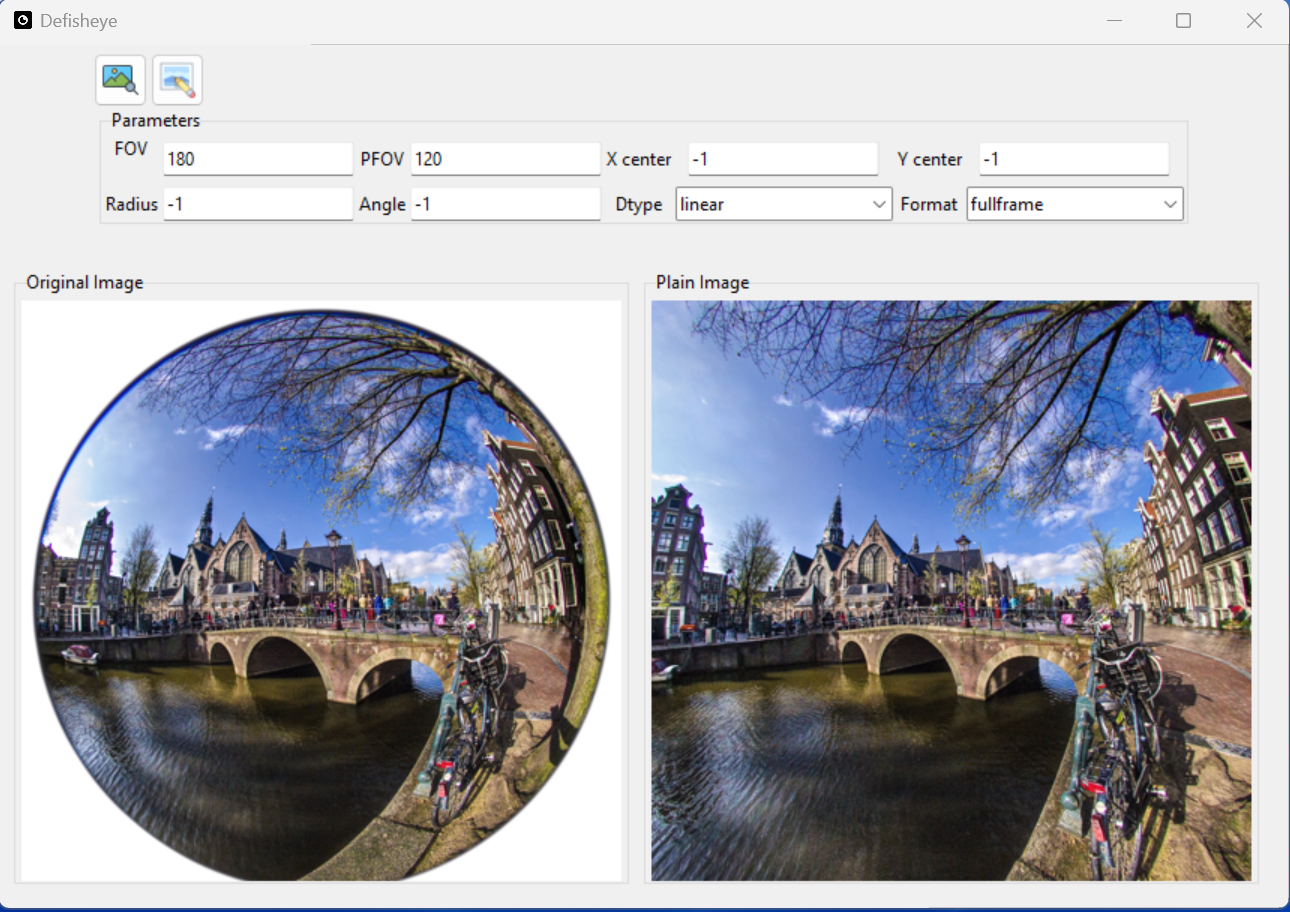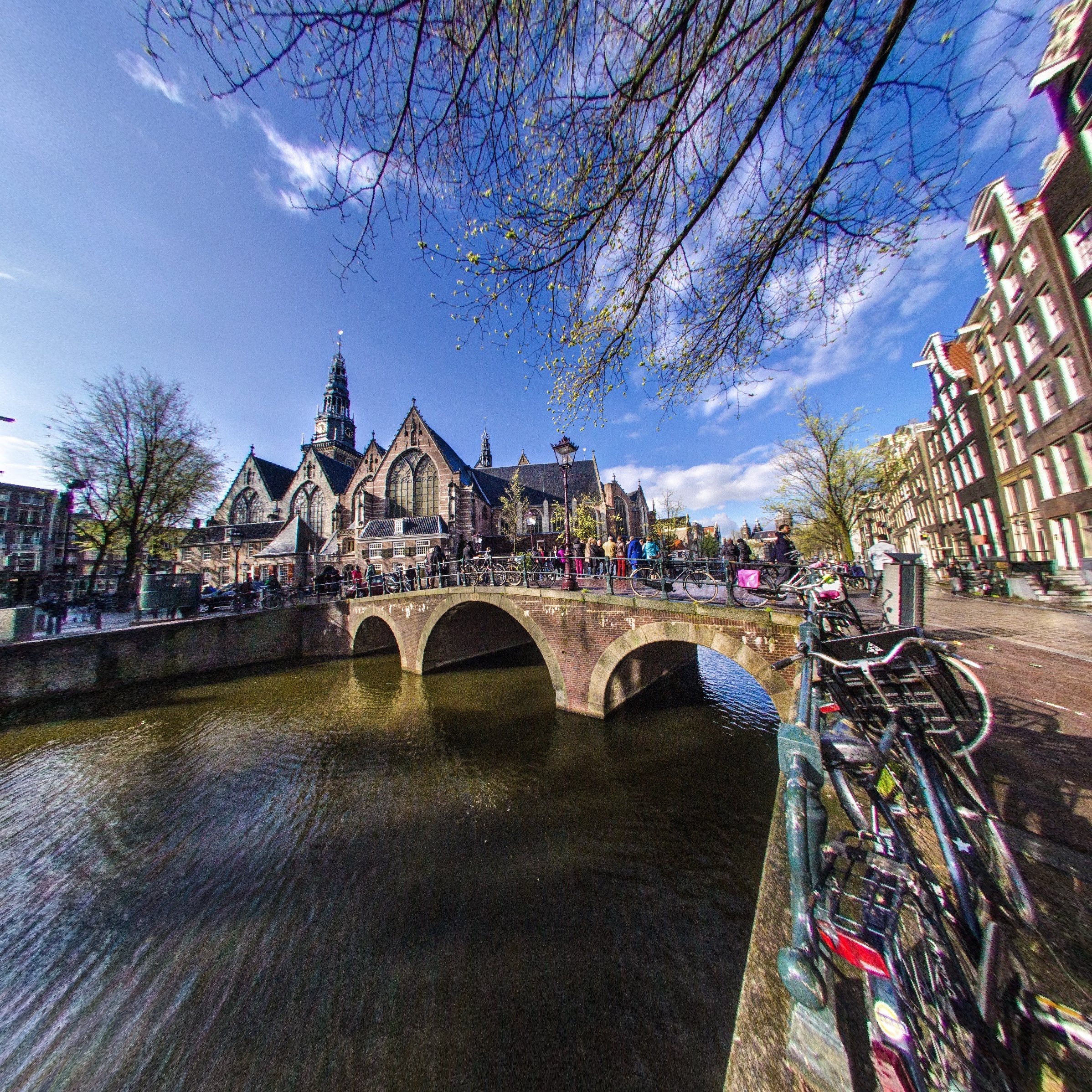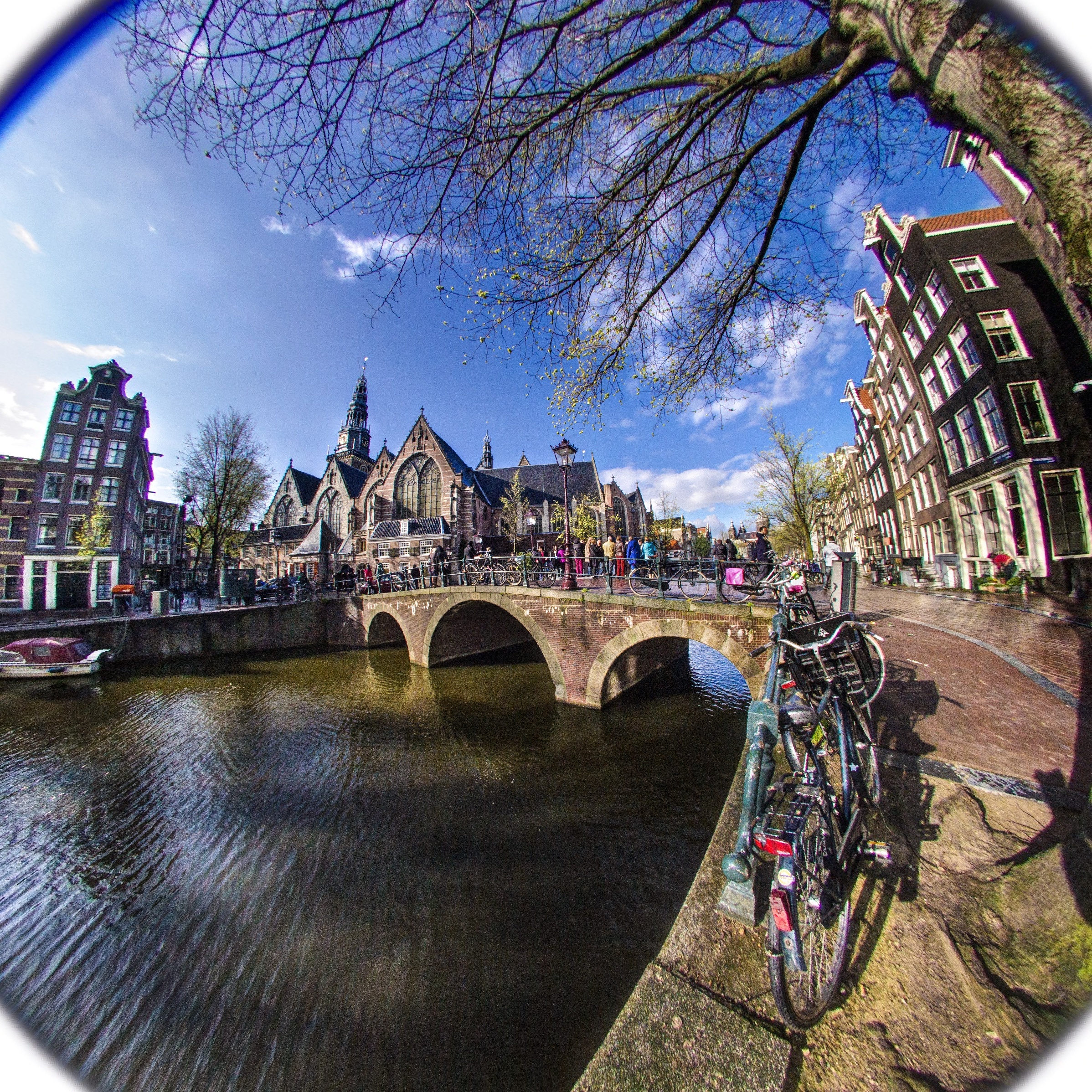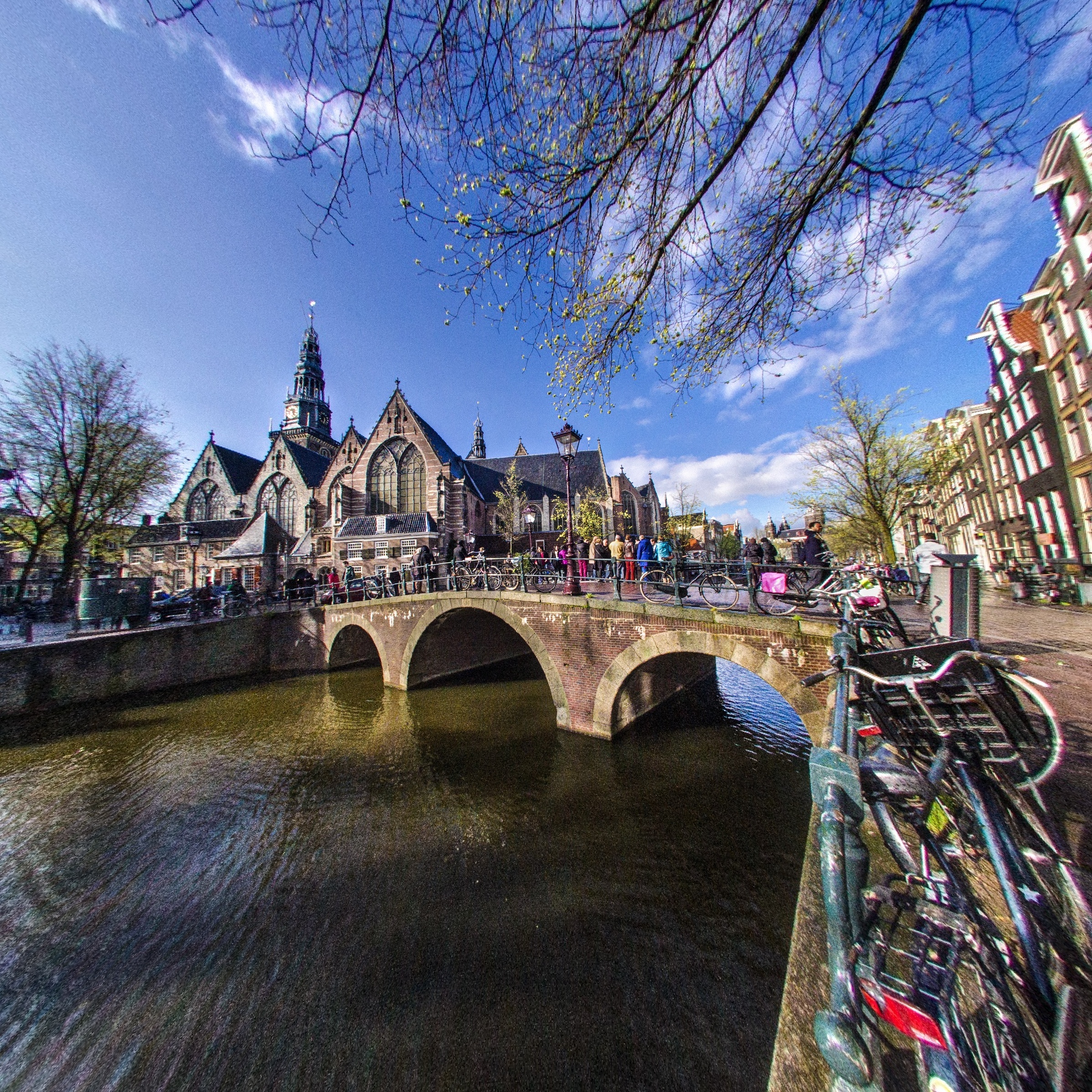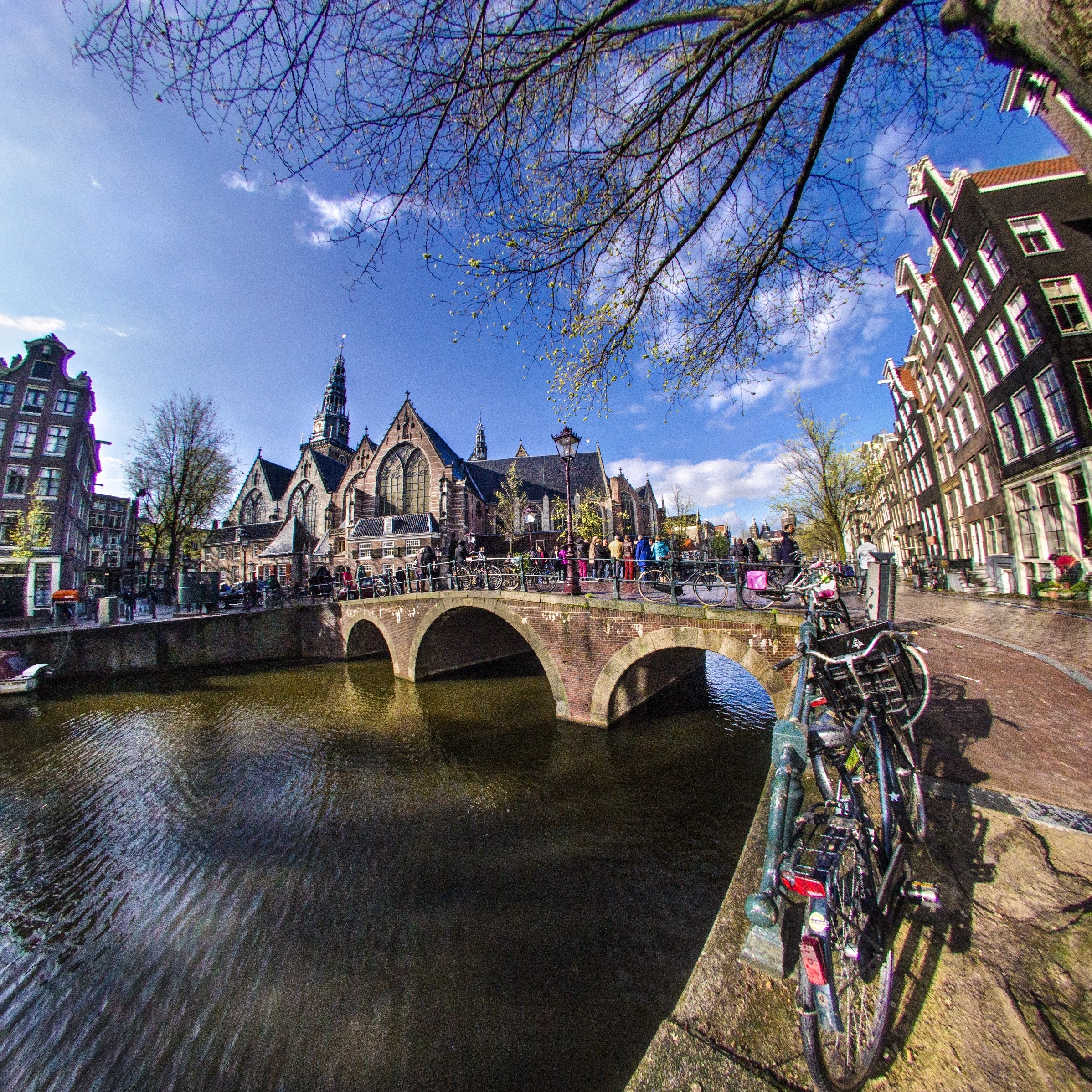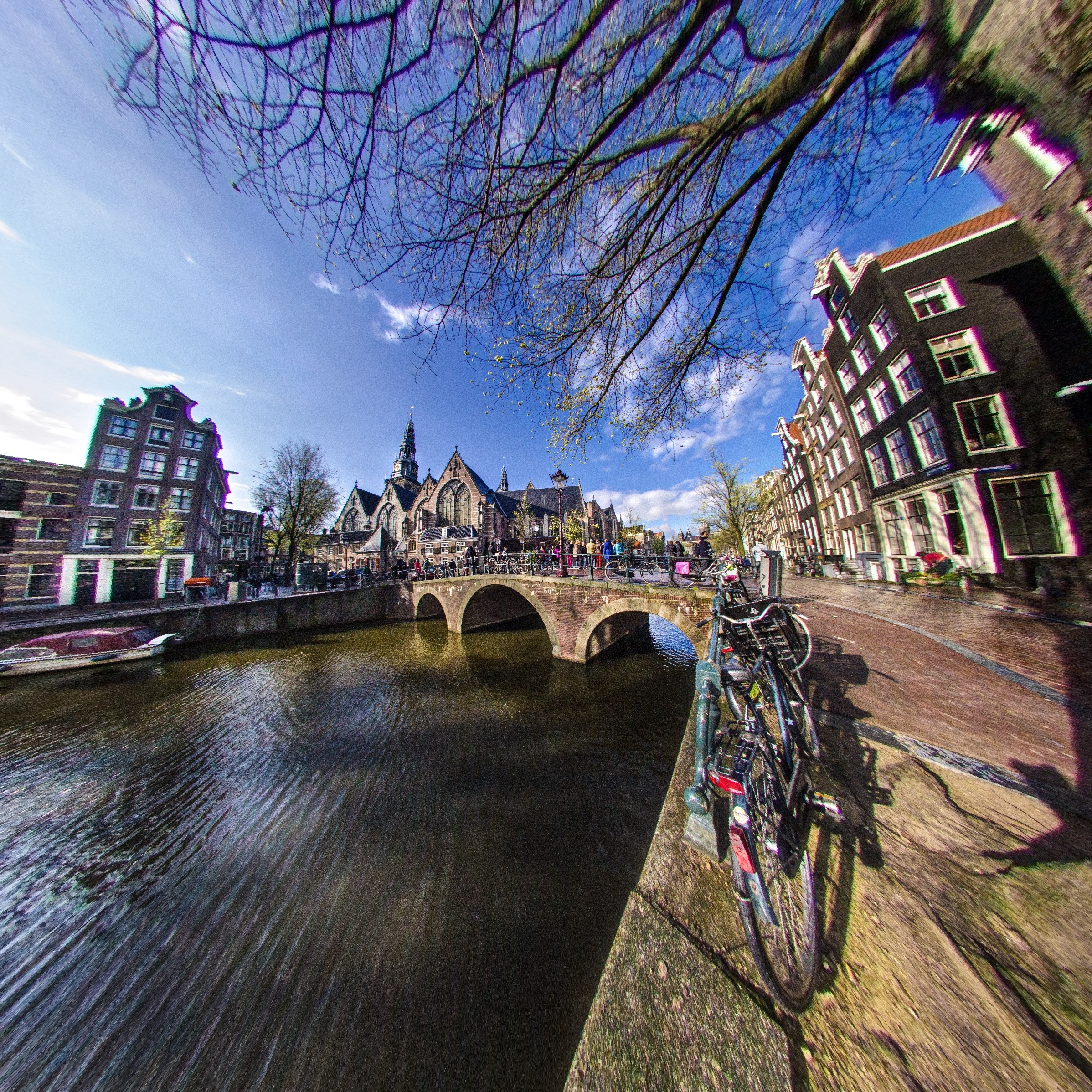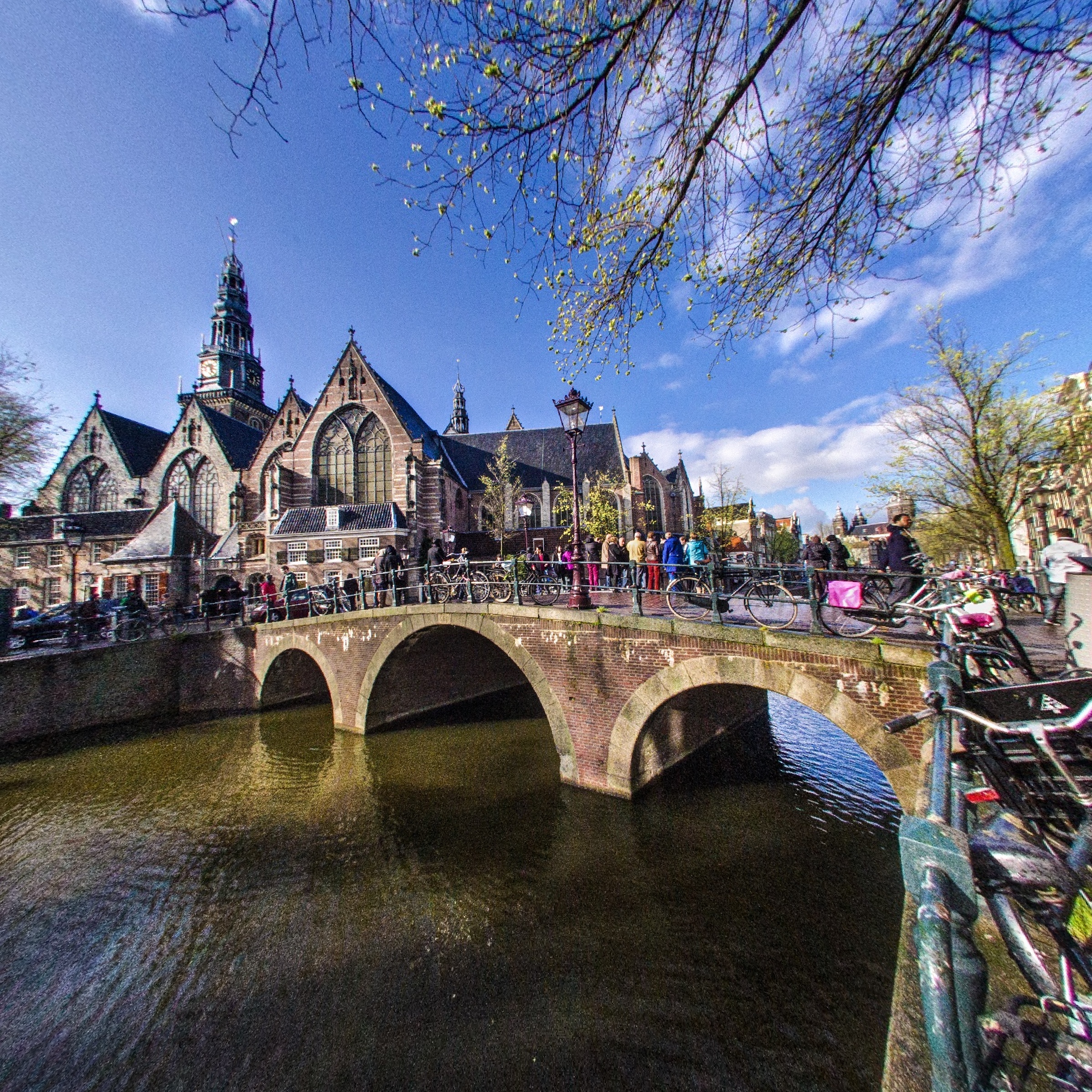Fast Corrects for fisheye distortion in an image.
Defisheye is designed to transform a fisheye image into a normal perspective view looking towards the center of the fisheye image.
python setup.py installor:
pip install defisheyeFor individual Image
defisheye --image example/images/example3.jpgProcess all image in a folder
defisheye --images_folder example/images --save_dir example/DefisheyeThe GUI version to analyse parameters
defisheyeappfrom defisheye import Defisheye
dtype = 'linear'
format = 'fullframe'
fov = 180
pfov = 120
img = "./images/example3.jpg"
img_out = f"./images/out/example3_{dtype}_{format}_{pfov}_{fov}.jpg"
obj = Defisheye(img, dtype=dtype, format=format, fov=fov, pfov=pfov)
# To save image locally
obj.convert(outfile=img_out)
# To use the converted image in memory
new_image = obj.convert()For CLI command, use "--" and the parameter to pass for the command line: Exemple
defisheye --images_folder example/images --save_dir example/Defisheye --fov 140The default fov is 180, but now was changed by 140 from command line. Same rule for the following parameters.
fisheye field of view (aperture) in degrees.
IFOV is the input fisheye image field of view in degrees. A value of 180 will correspond to a hemispherical fisheye image within the circular area. Values are floats in the range 0<ifov<=180. The default is 180 degrees for a full hemisphere.
perspective field of view (aperture) in degrees.
OFOV is the output perspective image field of view in degrees. Values are floats in the range 0<ofov<180. The default is to use 120 degrees both vertically and horizontally for a circular fisheye and diagonally for a full frame fisheye. The value for ofov relative to the ifov determines the proportional amount of the fisheye area that will be transformed. Note that in comparison, a value of 48.8 degrees corresponds to a diagonal field of view from a 35 mm camera (film size 36mm x 24mm) with a 50mm focal length lens, i.e. a "normal" view. Similarly, when the image diagonal is equal to the focal length of the camera, the field of view is about 53.1 degrees. Although the default value is perhaps not appropriate to a normal perspective image, this will produce an image that maximizes the area covered, but without too much distortion. If the original fisheye image was viewed obliquely, i.e. the camera was tilted between horizontal and vertical, then the resulting perspective view will have perspective distortion. That is vertical edges will be tilted outward or inward. Post processing with my 3Drotate or rotate3D script will then correct for this perspective distortion. Perspective distortion will be more pronounced with larger values for ofov.
linear, equalarea, orthographic, stereographic
TYPE is the type of fisheye lens. The choices are: linear (equidistant), equalarea (equisolid), orthographic and stereographic. The default is linear.
circular, fullframe
FORMAT is the format of the fisheye lens image. The choices are: circular (image fills a circle that spans the minimum of the width or height) or fullframe (image spans a circle that spans the diagonal dimension). The default is circular.
x center of fisheye area
y center of fisheye area
radius of fisheye area
RADIUS is the radius of the fisheye circular area in the input image. Values are floats greater than zero. The default is half the minimum value between the input image width and height.
image rotation in degrees clockwise
ANGLE is the clockwise positive rotation angle for the output perspective image relative to the orientation of the input fisheye image. Values are non-negative floats in range 0<=angle<360. The default is 0.
pfov = 120
Developed by: E. S. Pereira. e-mail: [email protected]
Copyright [2019] [E. S. Pereira]
Licensed under the Apache License, Version 2.0 (the "License"); you may not use this file except in compliance with the License. You may obtain a copy of the License at
http://www.apache.org/licenses/LICENSE-2.0
Unless required by applicable law or agreed to in writing, software distributed under the License is distributed on an "AS IS" BASIS, WITHOUT WARRANTIES OR CONDITIONS OF ANY KIND, either express or implied. See the License for the specific language governing permissions and limitations under the License.
Eduardo dos Santos Pereira. (2023). duducosmos/defisheye: v1.2.1 (v1.2.1). Zenodo. https://doi.org/10.5281/zenodo.8116565
@software{eduardo_dos_santos_pereira_2023_8116565,
author = {Eduardo dos Santos Pereira},
title = {duducosmos/defisheye: v1.2.1},
month = jul,
year = 2023,
publisher = {Zenodo},
version = {v1.2.1},
doi = {10.5281/zenodo.8116565},
url = {https://doi.org/10.5281/zenodo.8116565}
}
